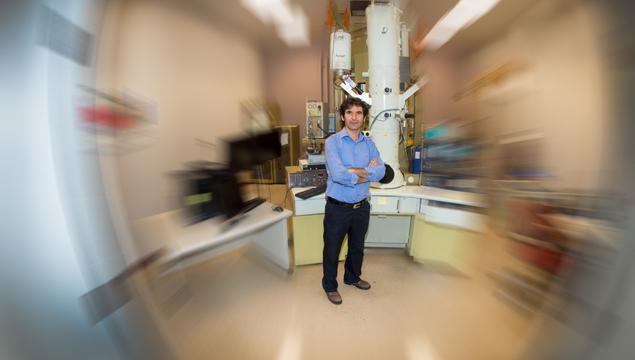Durdu Güney (ECE) was quoted by IEEE Spectrum in a story about a study investigating a new method for “superlensing,” or seeing things smaller than the wavelength of light.
Australian researchers Boris Kuhlmey and coauthor Alessandro Tuniz used numerical calculations to regain high-resolution information needed to amplify a dim signal. The method was used instead of a physical superlens to image objects smaller than the wavelength of light.
The postprocessing central to the Australian approach is similar to techniques routinely used in other areas of microscopy, according to Durdu Güney who studies superlensing at Michigan Tech.
Although the application to imaging is new, Guney says, “conceptually, I think the idea is not very novel.”
His research has used similar techniques in higher optical frequencies, for which superlensing is more advanced. Güney also questions whether the approach will be effective for more complicated objects, some of the features of which may be overwhelmed by noise.
Durdu Güney is an associate professor in Electrical and Computing Engineering. His current research activities include photonic quantum computing, quantum manipulation of light with metamaterials and metasurfaces, magneto-optical metamaterials, and novel noise mitigation techniques for optical imaging. He is on the editorial boards of Opto-Electronic Advances, Journal of Quantum Information Science, Nanomaterials and Nanotechnology, Applied Sciences, and Photonics.
